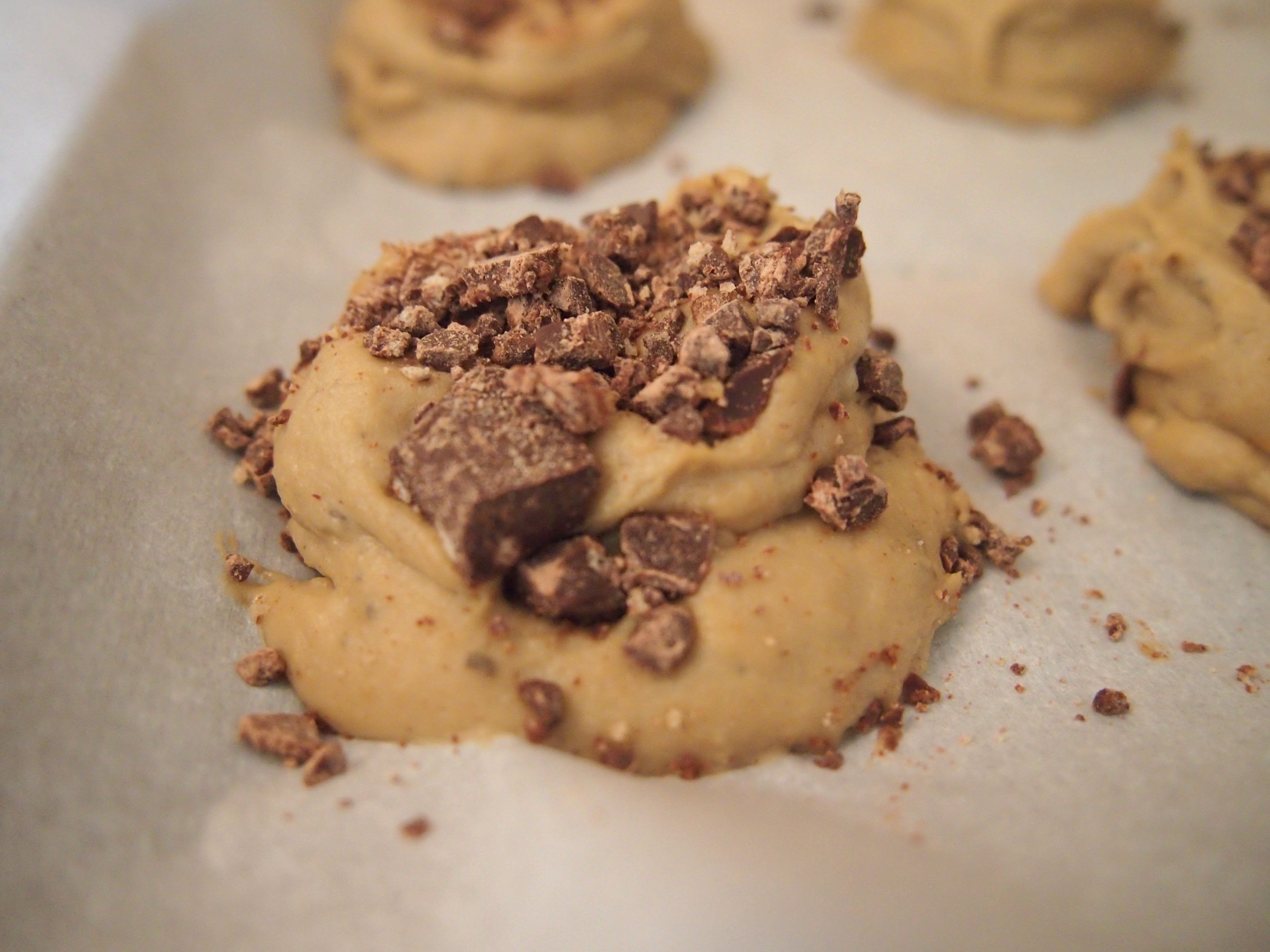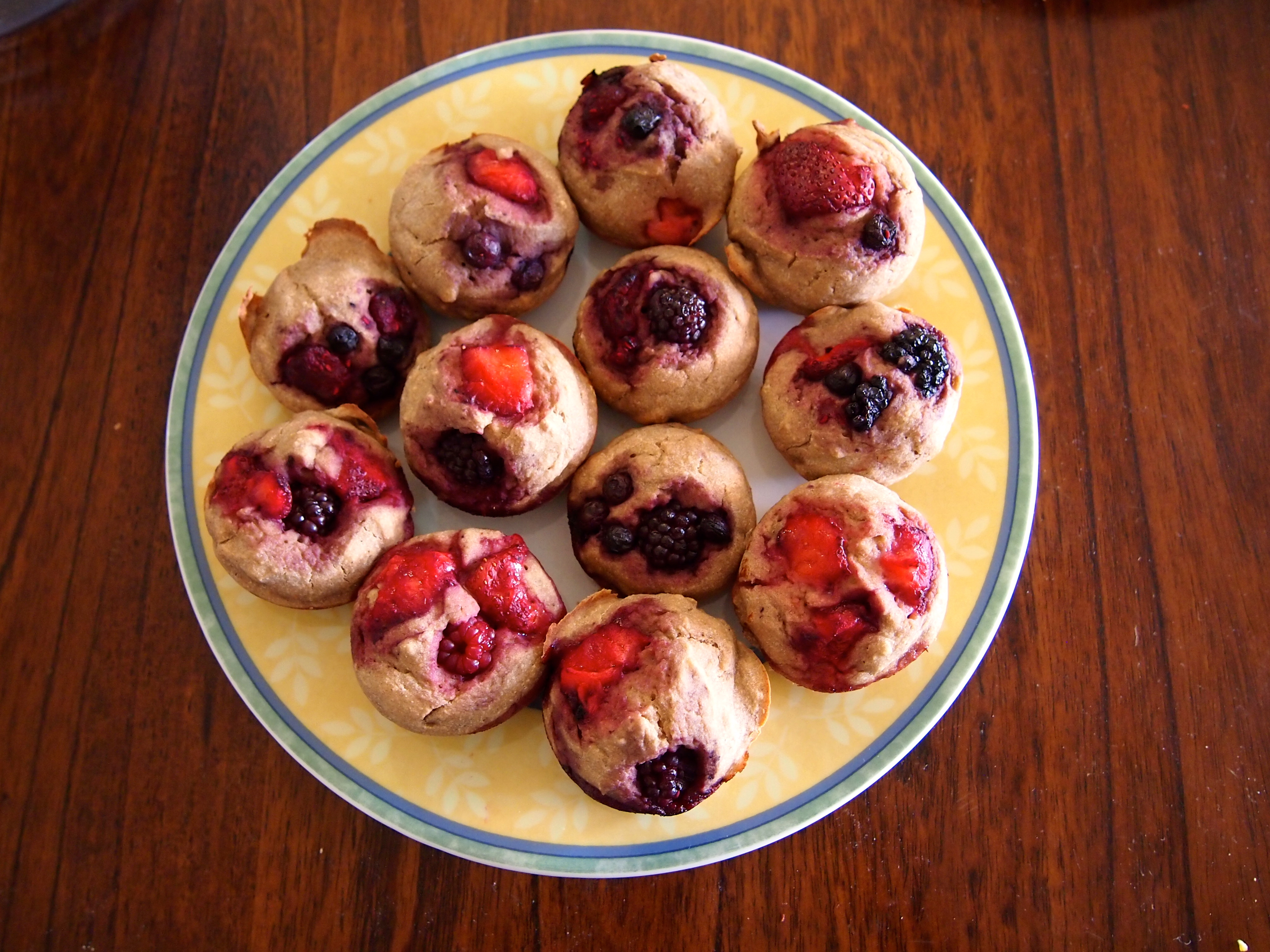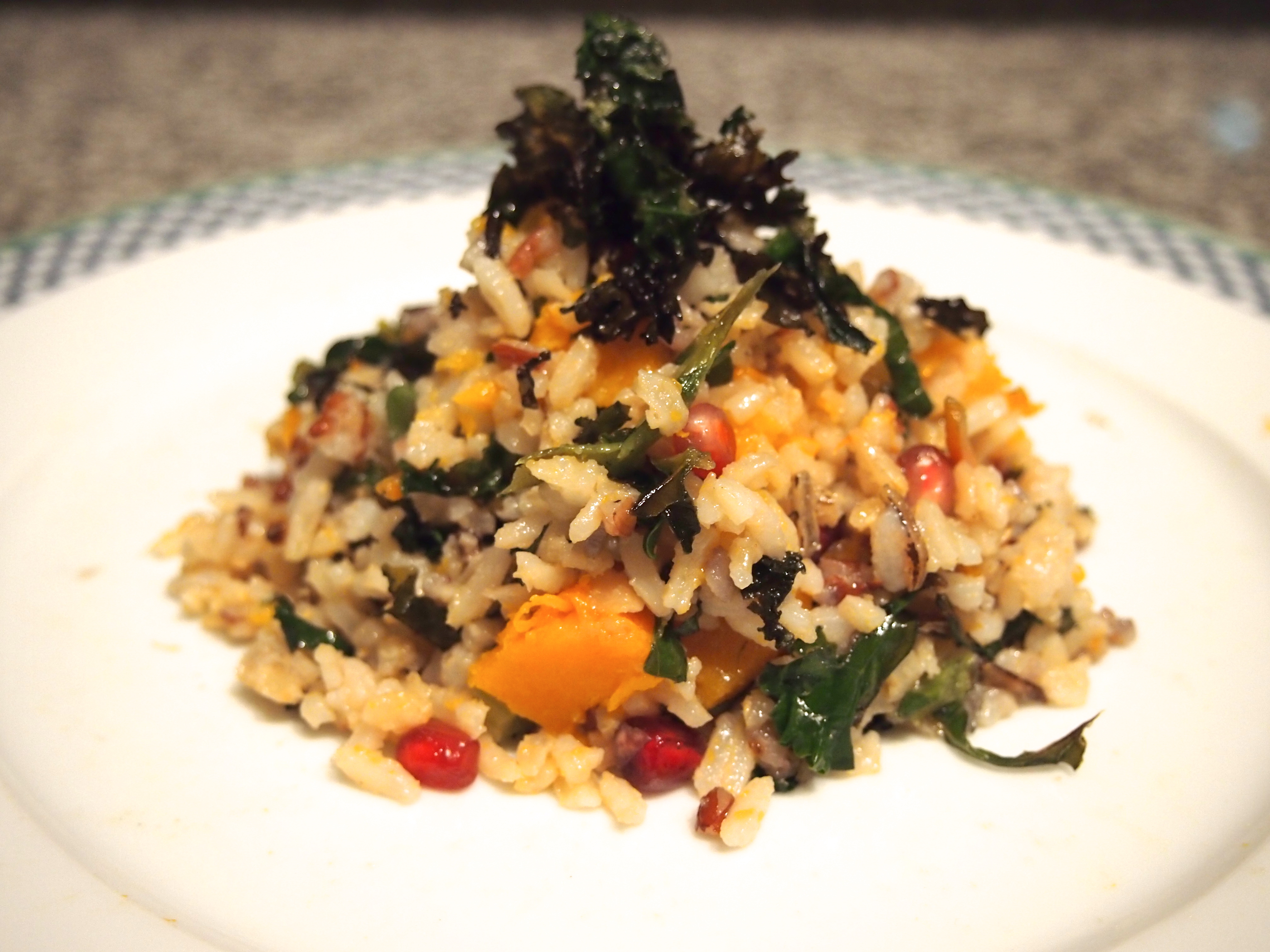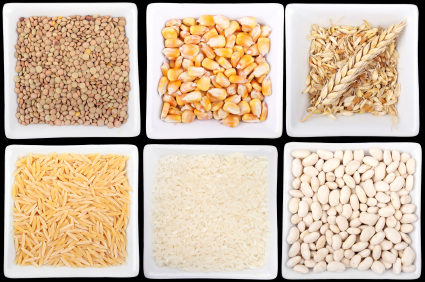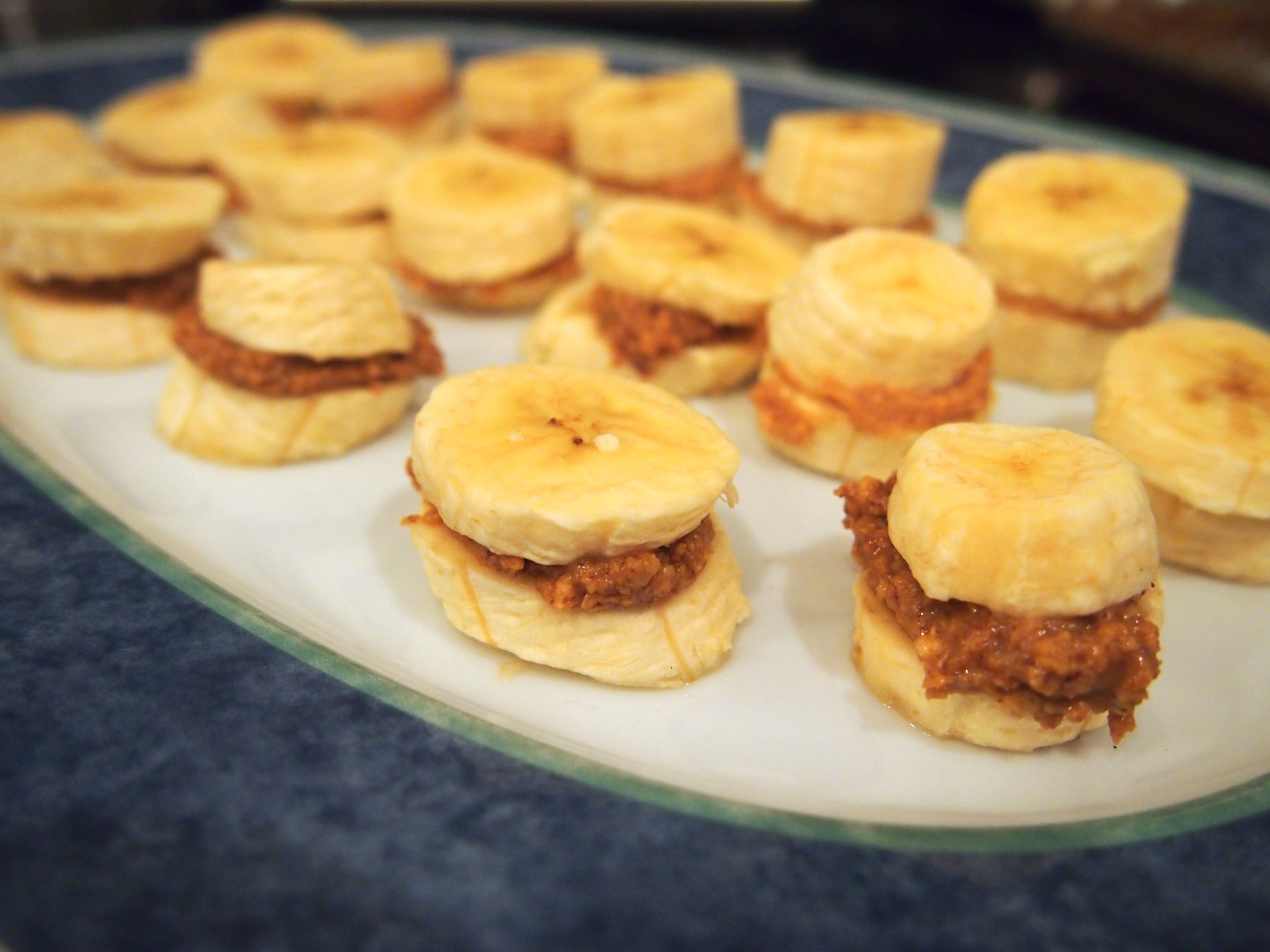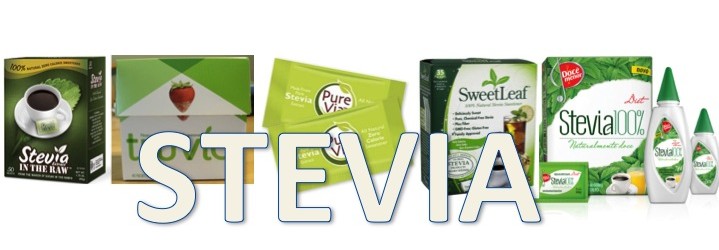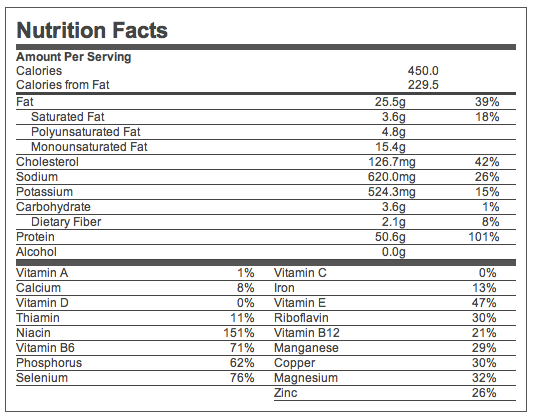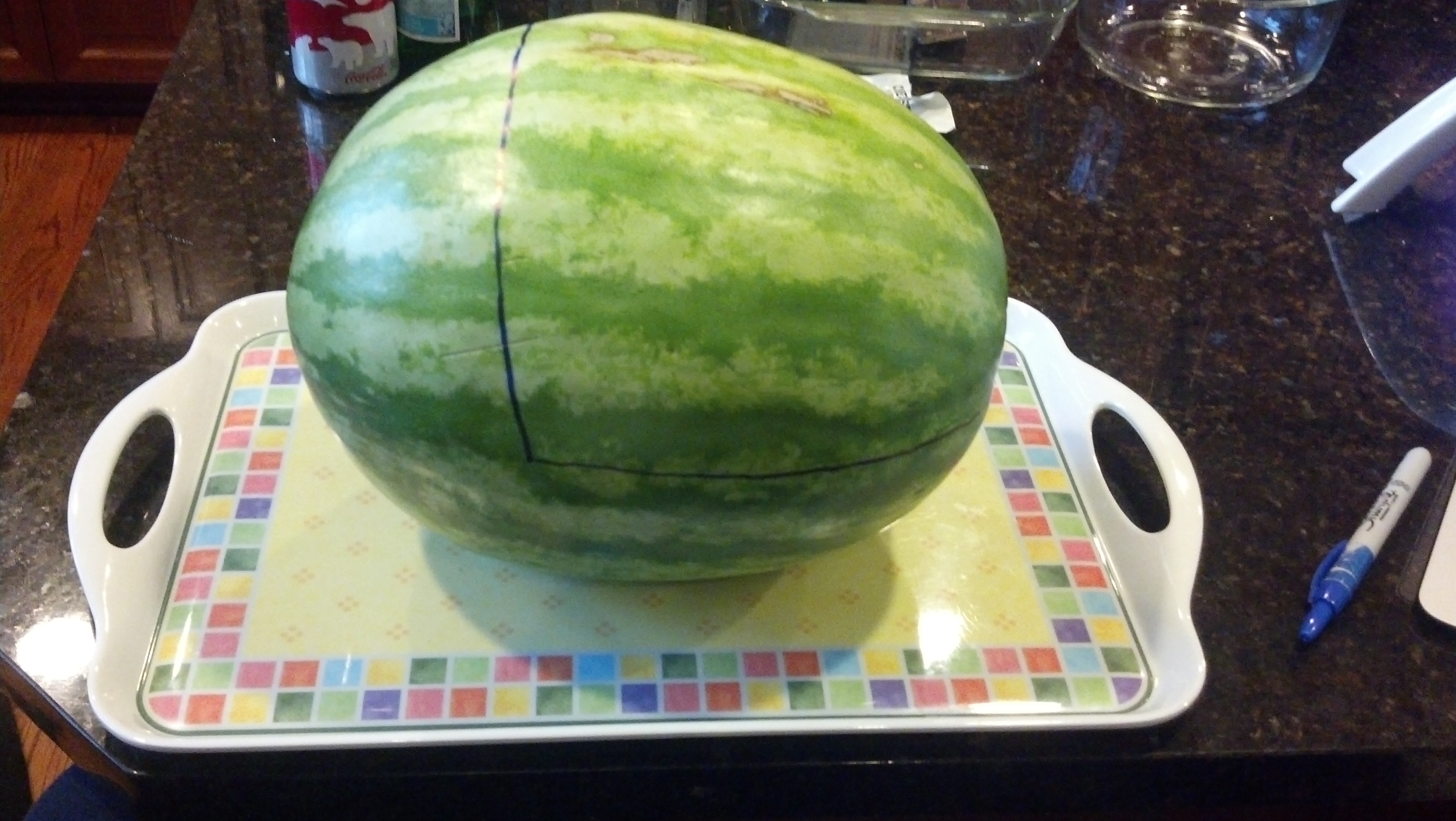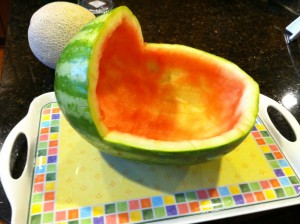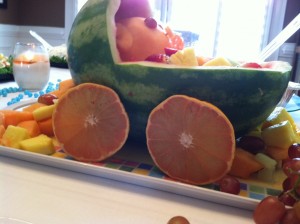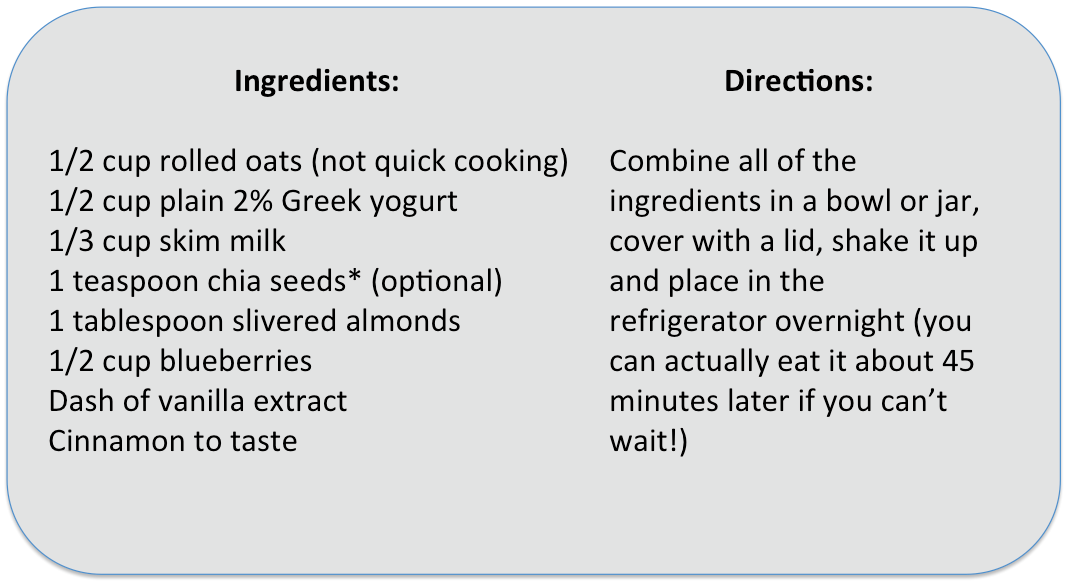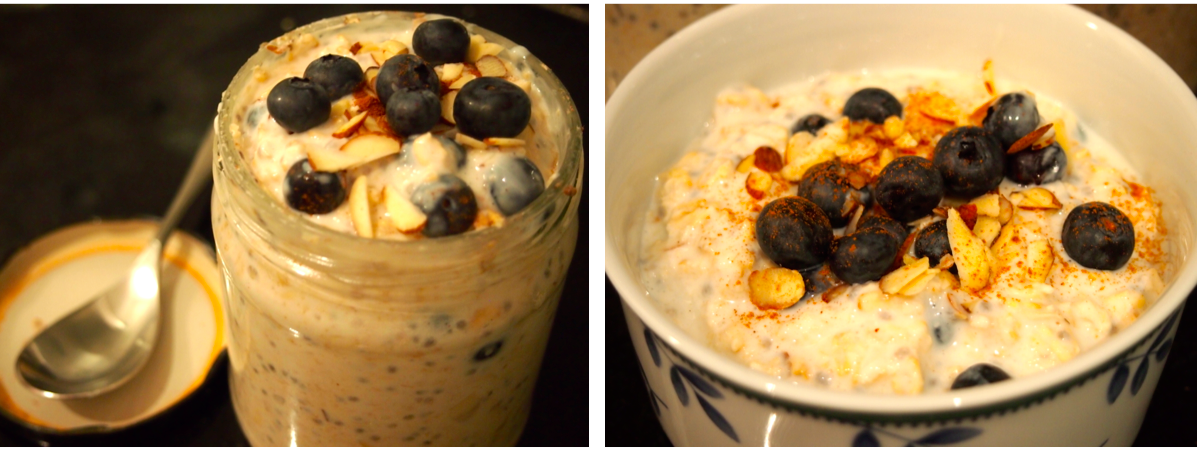I think we found our signature cookie here, folks. Don’t be scared. Yes, they contain chickpeas; quite a few of them actually. But they also contain chocolate and happen to be incredible….I promise (I have plenty of taste testers that can vouch for them)!
The recipe is inspired by Hummusapien. It’s not a conventional cookie (clearly), in that the texture is much smoother and creamier (alas, why we decided to call them cookie dough cookies). If you don’t like banana, these probably aren’t for you, since the banana flavor is quite dominant. Otherwise, check out this amazingly easy and quick recipe below and get to work!
I wanted to use dark chocolate chips, but since I didn’t have any, I crushed up an Alter Eco Dark Quinoa bar that I had in the pantry. Best decision ever. I’ve made these cookies a few times now, and have had lots of fun playing around with different flavored dark chocolate bars (Alter Eco’s sea salt dark chocolate is also a great one).
These cookies make for the perfect dessert or snack on-the-go! Honey is the only added sweetener, and you can certainly use less (especially if you have a really overripe banana). The chickpeas add protein and fiber, cashew butter supplies healthy unsaturated fats and antioxidants (thumbs up for heart health) and the chocolate induces prolonged happiness (at least, in our family). Basically, this is one of the world’s greatest “cookies.” So what are you waiting for?
- Serves: 24
- Serving size: 1 cookie
- Calories: 90
- Fat: 4.5
- Carbohydrates: 11
- Fiber: 1.5
- Protein: 2.5
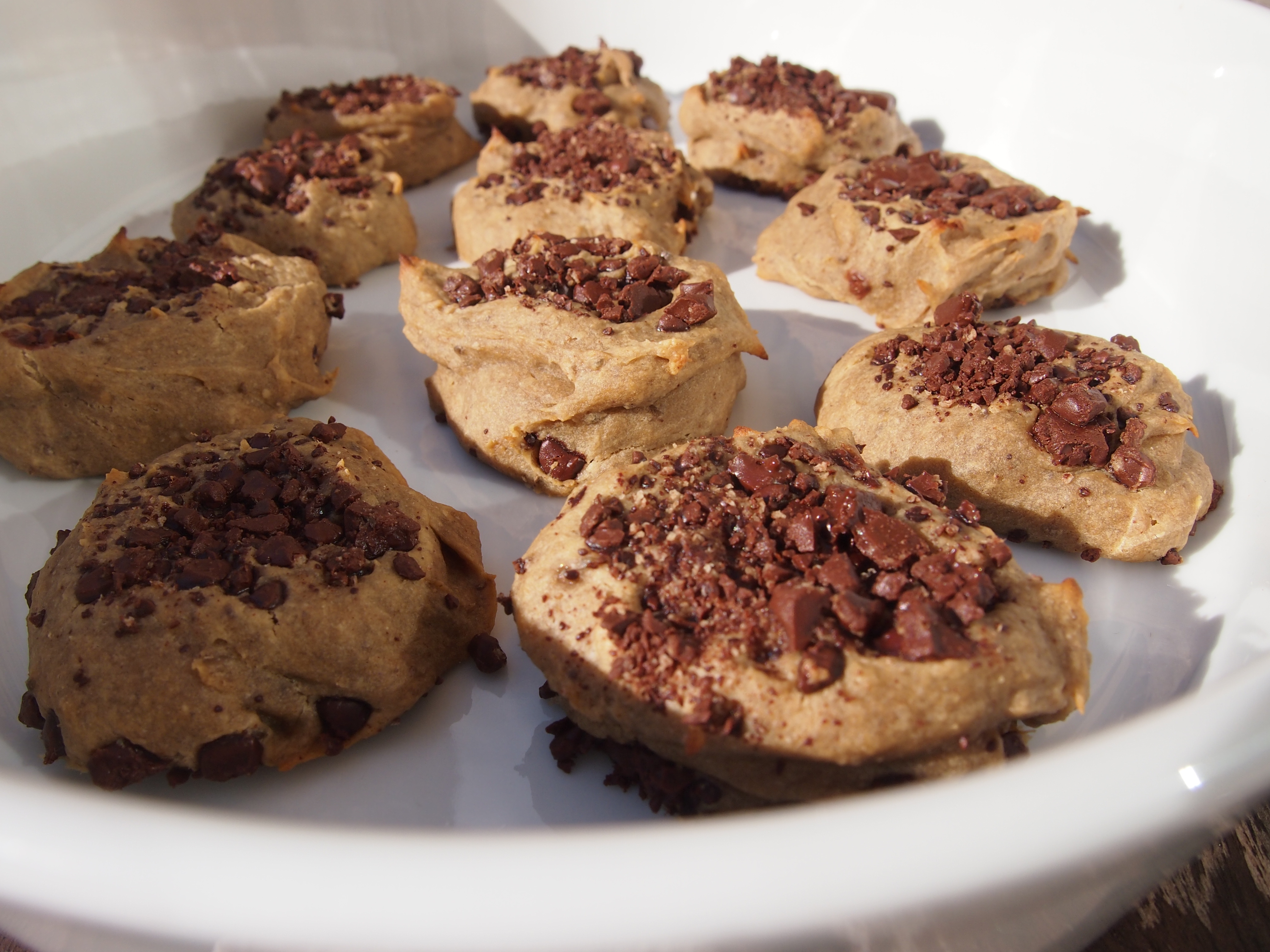
- 1 can chickpeas, drained and rinsed
- ½ cup creamy cashew butter
- 1 medium, ripened banana
- 2 teaspoons vanilla extract
- 3 tablespoons honey
- ¼ teaspoon salt
- 1 teaspoon cinnamon
- 3 tablespoons water
- 1 tablespoon chia seeds
- Crushed dark chocolate bar or dark chocolate chips to taste (we used an Alter Eco dark chocolate quinoa bar) – highly recommend
- Preheat oven to 350F. Spray a baking sheet with cooking spray or line it with parchment paper and set aside.
- Mix 1 tbsp chia seeds and 3 tbsp water and set aside until chia absorbs water and creates a gel-like consistency (~5 min) *egg replacement: adds moisture + helps rise
- Place all ingredients into food processor (except the chocolate). Process the ingredients for two minutes, or until the batter is smooth.
- Spoon the batter onto a cookie sheet
- Sprinkle chocolate on top of each cookie
- Bake for 12-15 minutes.
- Cool and Enjoy!

